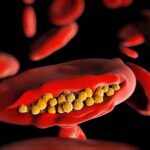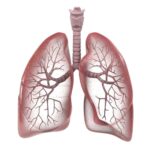In the first weeks of March 2020, the world came to…
Although the first COVID-19 vaccines approved by governmental regulators are slowly…
Several months after the onset of the COVID-19 pandemic, many journalists…
The word bubble has several meanings. Although it’s most commonly used to describe…
A Conversation with QPS Holdings LLC Chairman, President and Chief Executive…
As countries around the world move through various stages of quarantine…
The COVID-19 pandemic has been a call to arms for many…
As scientists, doctors and researchers race to develop vaccines and therapeutics…
As communities strive to prevent the spread of SARS-CoV-2, the virus…
Global cases of the novel coronavirus have surpassed thirty-seven million, and…
Did you know that a person’s blood type may be linked…
Since SARS-CoV-2 (or the novel coronavirus, the virus that causes COVID-19)…
On Wednesday, September 16, 2020, the U.S. Department of Health and…
Both the scientific community and the general public now know that…
On August 19, 2020, the US Department of Health and Human…
Teaming up with the National Institute of Allergy and Infectious Diseases…
For a few months in early 2020, hydroxychloroquine was touted as…
Since the advent of the COVID-19 pandemic, many governmental agencies and…
SARS-CoV-2 has a certain versatility in invading organs such as the…
How can these ancient arthropods play a vital role in ending…
Introduction Real-world evidence (RWE) is accelerating drug development by using routinely collected patient health data, known as real-world data (RWD), to deliver insights beyond…
Introduction Researchers are developing novel, safer treatments for cancer, but bringing new oncology therapies to market is challenging. This white paper will examine the…
Introduction As global obesity rates continue to rise, the search for effective treatments is more critical than ever. Obesity is associated with an increased…
NEWARK, Del.—(BUSINESS WIRE)—QPS Holdings, LLC (QPS), an award-winning contract research organization (CRO) focused on bioanalytics and clinical trials, is celebrating its 30-year anniversary in…
NEWARK, Del.—(BUSINESS WIRE)—QPS India, a subsidiary of QPS Holdings, LLC (QPS), a GLP/GCP-compliant global full-service Contract Research Organization, has achieved another significant milestone by…
TAIPEI, Taiwan—(BUSINESS WIRE)—QPS, a leading global contract research organization (CRO) specializing in preclinical and clinical drug development services, is pleased to announce the expansion…
Webinars

A View from My Window, Part 1: Building Community During COVID-19
January 25, 2021
In the first weeks of March 2020, the world came to a halt like nothing we have ever seen before. COVID-19 infections were increasing across
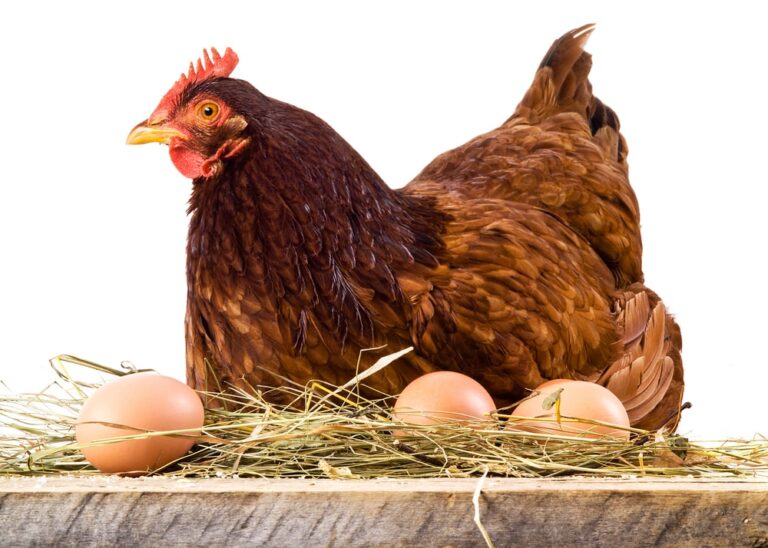
Could Chicken Antibodies Temporarily Prevent COVID-19 Infections?
December 23, 2020
Although the first COVID-19 vaccines approved by governmental regulators are slowly being rolled out in certain countries, a safe and effective COVID-19 vaccine is not

The Link Between Pollution and COVID-19 Deaths
December 9, 2020
Several months after the onset of the COVID-19 pandemic, many journalists began reporting on the fact that, due to reduced levels of transportation, lockdowns were leading

Are Sports Bubbles Effective in the Fight Against COVID-19?
November 30, 2020
The word bubble has several meanings. Although it’s most commonly used to describe a sphere of liquid enclosing air or gas, it can also be used to
Resiliency in CRO Operations During the COVID-19 Pandemic
November 23, 2020
A Conversation with QPS Holdings LLC Chairman, President and Chief Executive Officer, Ben Chien, PhD NOVEMBER 2020 As QPS Holdings LLC Chairman President, and CEO,

What Field Researchers Can Teach Us About Quarantine and Isolation
November 16, 2020
As countries around the world move through various stages of quarantine and restrictions on public life, many people are finding themselves more isolated than they

QPS COVID-19 Testing Capabilities
November 11, 2020
The COVID-19 pandemic has been a call to arms for many of the world’s biotech and pharmaceutical companies. Although progress has been made, these companies

Oligonucleotides: Innovations in Antivirals for Novel Viruses
November 2, 2020
As scientists, doctors and researchers race to develop vaccines and therapeutics for SARS-CoV-2, several drugs have emerged as promising candidates. Oligonucleotide therapeutics are one such

UK COVID-19 Challenge Trials to Infect Healthy Volunteers with Coronavirus
October 29, 2020
As communities strive to prevent the spread of SARS-CoV-2, the virus that causes COVID-19, the United Kingdom is funding research trials that will deliberately infect

Animals and the COVID-19 Pandemic: Contributions and Risks
October 19, 2020
Global cases of the novel coronavirus have surpassed thirty-seven million, and the global fatality count is now more than one million. Most media and scientific
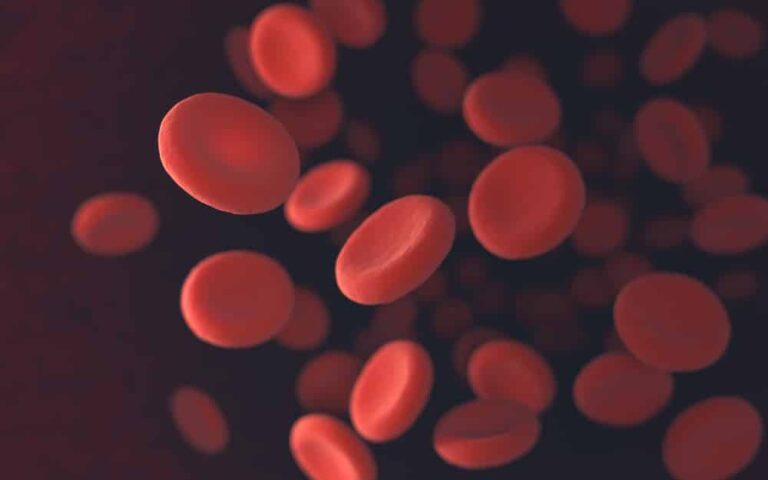
23andMe Data Bolsters Link Between COVID-19 and Blood Types
October 12, 2020
Did you know that a person’s blood type may be linked to the likelihood that they will catch COVID-19 and experience severe symptoms? Recently 23andMe, a

COVID-19 versus the Seasonal Flu: Facts and Figures
October 5, 2020
Since SARS-CoV-2 (or the novel coronavirus, the virus that causes COVID-19) emerged, many have compared it to the seasonal flu. The seasonal flu virus and

U.S. Plans to Offer Free COVID-19 Vaccines to All Americans
September 23, 2020
On Wednesday, September 16, 2020, the U.S. Department of Health and Human Services (HHS) and Department of Defense (DoD) released two documents outlining the federal
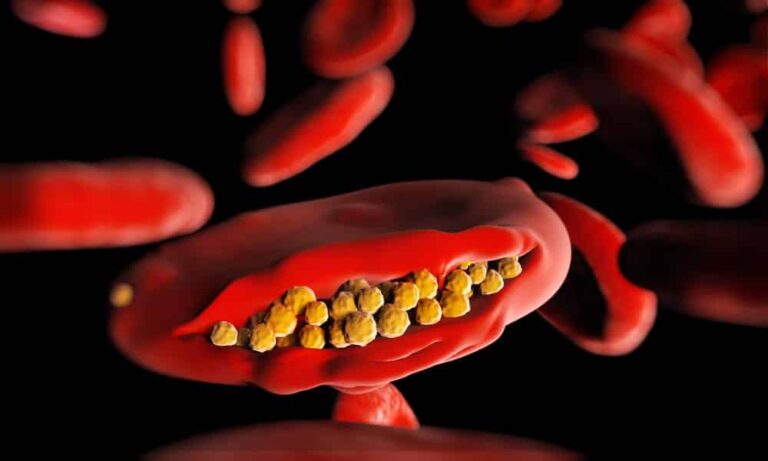
Amodiaquine: Learning from the Hydroxychloroquine Mistake
September 8, 2020
Both the scientific community and the general public now know that hydroxychloroquine is ineffective against SARS-CoV-2, the virus that causes COVID-19. The FDA revoked its

FDA No Longer Requires Premarket Review for Some COVID-19 Tests
September 2, 2020
On August 19, 2020, the US Department of Health and Human Services (HHS) announced that the Food and Drug Administration (FDA) no longer requires the

Mobile Medical Units Deployed in the Fight Against COVID-19
August 19, 2020
Teaming up with the National Institute of Allergy and Infectious Diseases (NIAID), American pharmaceutical company Eli Lilly recently announced an innovative trial that aims to provide temporary
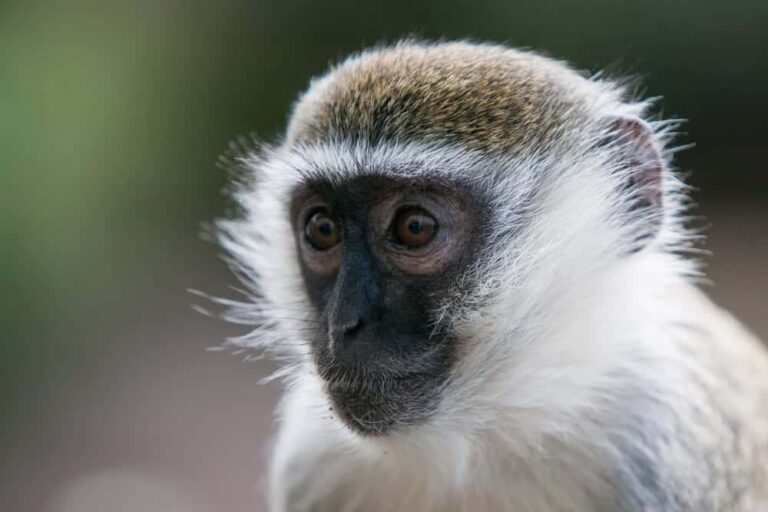
Vero Cell Studies: Misleading Results in the Fight Against COVID-19
August 17, 2020
For a few months in early 2020, hydroxychloroquine was touted as a promising treatment for SARS-CoV-2, the virus that causes COVID-19. After months of testing

How the FDA Is Accelerating COVID-19 Testing and Treatments
August 5, 2020
Since the advent of the COVID-19 pandemic, many governmental agencies and public health officials around the world have worked tirelessly to protect public health. Joining
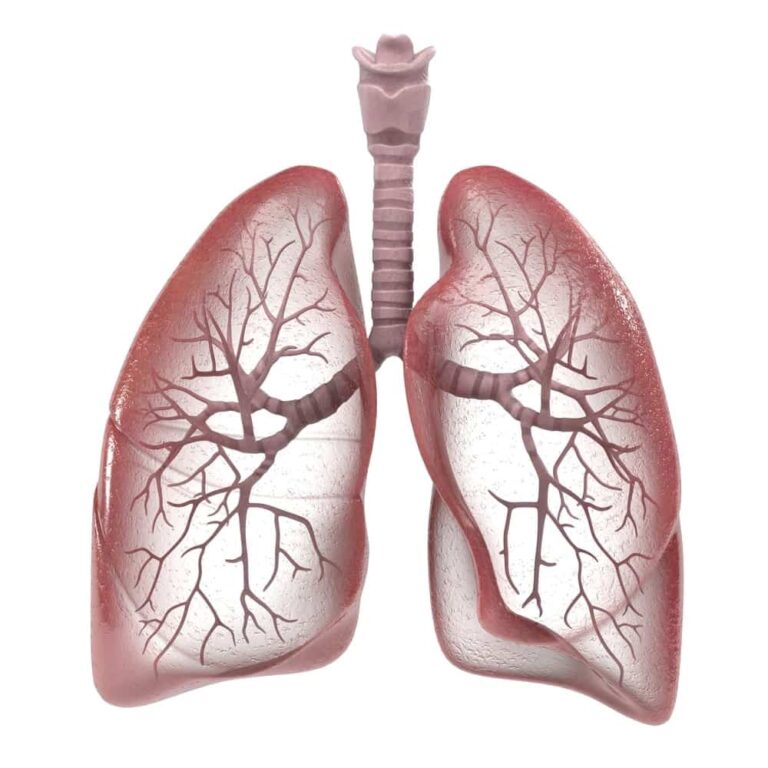
Studying Lab-Grown Miniature Organs to Understand COVID-19
July 27, 2020
SARS-CoV-2 has a certain versatility in invading organs such as the kidneys, lungs, and liver. Physicians treating patients and scientists in research settings are witnessing
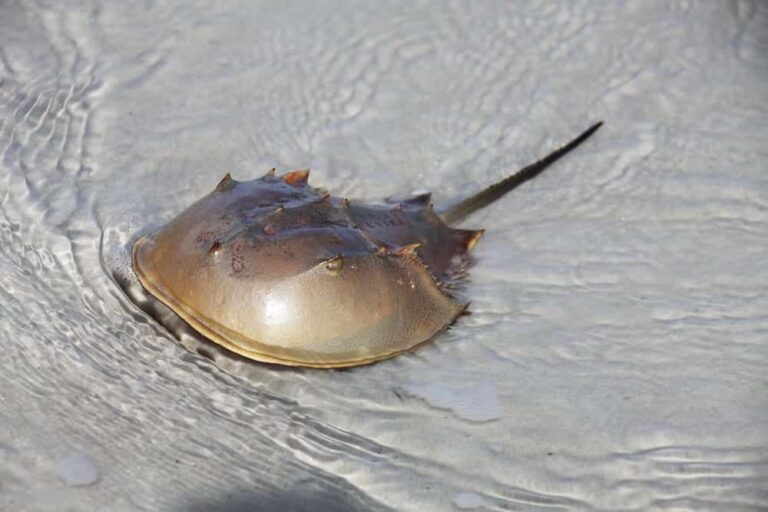
The Atlantic Horseshoe Crab and COVID-19
July 16, 2020
How can these ancient arthropods play a vital role in ending a global pandemic? The Atlantic horseshoe crab, or Limulus polyphemus, is one of the
Introduction Real-world evidence (RWE) is accelerating drug development by using routinely collected patient health data, known as real-world data (RWD), to deliver insights beyond…
Introduction Researchers are developing novel, safer treatments for cancer, but bringing new oncology therapies to market is challenging. This white paper will examine the…
Introduction As global obesity rates continue to rise, the search for effective treatments is more critical than ever. Obesity is associated with an increased…
NEWARK, Del.—(BUSINESS WIRE)—QPS Holdings, LLC (QPS), an award-winning contract research organization (CRO) focused on bioanalytics and clinical trials, is celebrating its 30-year anniversary in…
NEWARK, Del.—(BUSINESS WIRE)—QPS India, a subsidiary of QPS Holdings, LLC (QPS), a GLP/GCP-compliant global full-service Contract Research Organization, has achieved another significant milestone by…
TAIPEI, Taiwan—(BUSINESS WIRE)—QPS, a leading global contract research organization (CRO) specializing in preclinical and clinical drug development services, is pleased to announce the expansion…
















